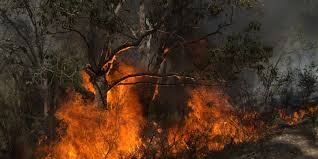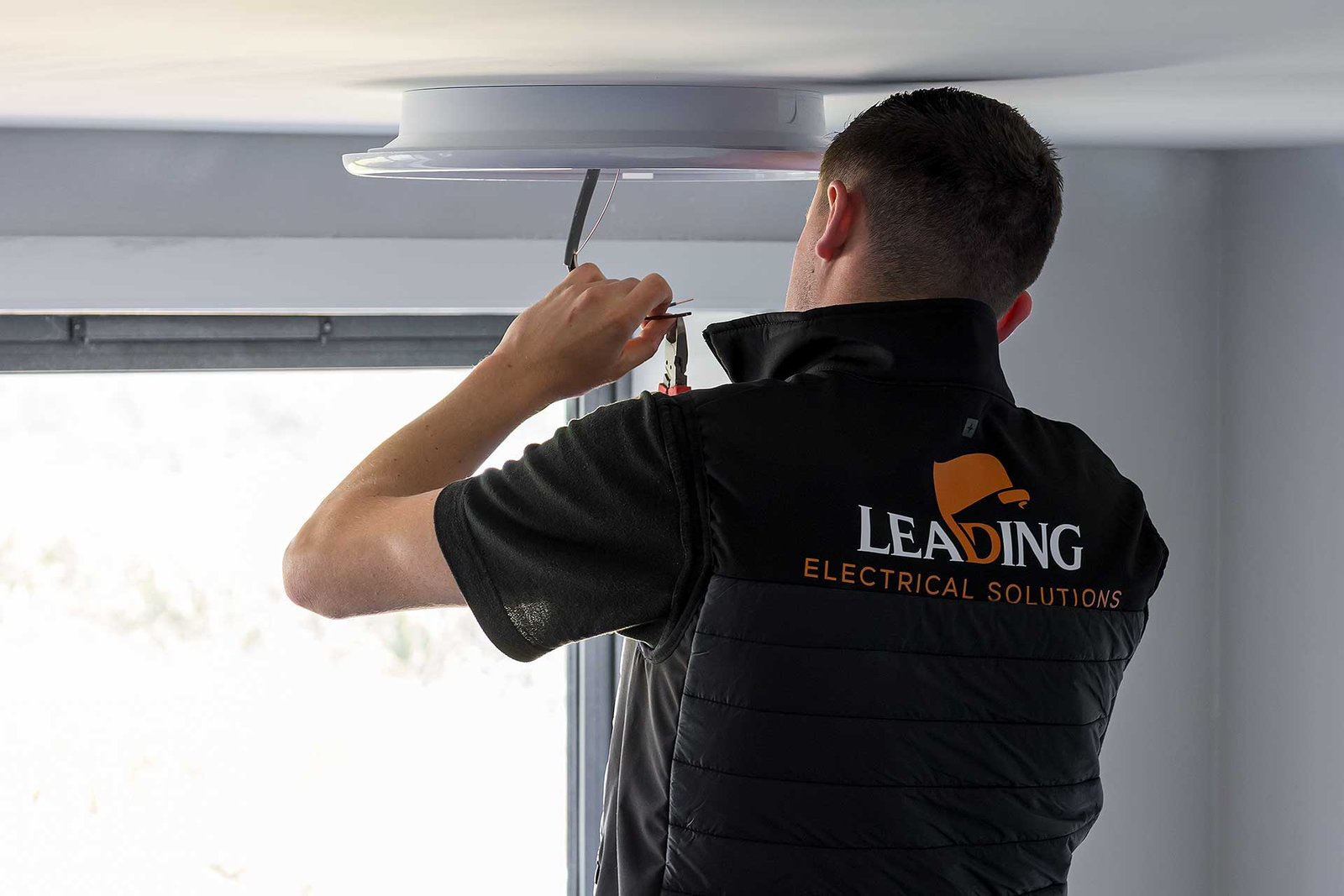Have you ever wondered how communities can better prepare for bushfires? The risk of bushfires is a pressing concern in Western Australia. As the climate becomes increasingly unpredictable, the frequency and intensity of bushfires are rising. How can residents and businesses in WA protect themselves?
WA Fire & Safety bushfire consultants play a critical role in safeguarding communities. These experts offer invaluable insights and strategies to minimise bushfire risks. Their services are designed to educate, prepare, and protect. This article delves into the impact of these consultation services, highlighting how they help communities build resilience.
Community Education and Awareness
Education is a cornerstone of effective management in WA. Consultants work closely with local communities to raise awareness about risks. Through public seminars and training sessions, they teach crucial skills, including creating defensible spaces around homes and what to do during a fire emergency. Increased awareness can significantly reduce the impact of a fire.
Technological Advancements in Bushfire Management
Technology plays a pivotal role in modern bushfire management in WA. Consultants use advanced tools like Geographic Information Systems (GIS) to map fire-prone areas, and drones are deployed to quickly survey large tracts of land. These technologies enhance the accuracy of risk assessments and improve the effectiveness of mitigation strategies. Embracing technology is pivotal for staying ahead of potential bushfires in WA.
The Path to Long-Term Resilience
Building long-term resilience requires a sustained effort. It involves preparing for the next fire season and planning for the future. This means regular updates to fire management plans and continuous community engagement. By fostering a proactive mindset, communities can adapt to changing conditions and remain resilient.
Demystifying Bushfire Attack Levels (BAL)
Bushfire Attack Levels (BAL) are a crucial starting point for any mitigation strategy. These ratings categorise the severity of potential threats to your property. Understanding your BAL rating is essential for making informed decisions about building or renovating in a bushfire-prone area. They can accurately assess your property and translate complex BAL ratings into clear, actionable steps.
Building a Bushfire Management Plan with Confidence
Bushfire Management Plans (BMPs) outline strategies to protect your property from b threats. Creating a compliant BMP can be daunting, riddled with specific requirements and regulations.
They can alleviate this burden by creating a customised BMP that meets all relevant regulations. They will work closely with you to understand your property’s unique characteristics and develop a plan that minimises risks. A well-crafted BMP streamlines the approval process and lets you know your property is well-protected.
Proactive Risk Mitigation: Going Beyond Compliance
While compliance is crucial, a genuinely effective mitigation strategy goes beyond simply ticking boxes. Besides, they offer a proactive approach to risk reduction. They will thoroughly assess your property, identifying potential weaknesses that may not be immediately apparent.
Based on this assessment, they can recommend additional strategies to minimise risks. This might include suggestions for vegetation management, creating firebreaks, or selecting fire-resistant building materials.
Protecting Your Investment and Your Loved Ones
Bushfires pose a severe threat to both life and property. The devastation they cause can be immense, leaving families displaced and livelihoods destroyed. Investing in comprehensive consultation services is not just about protecting your home. Moreover, it’s about safeguarding the well-being of your loved ones.
WA Fire & Safety bushfire consultants have a profound impact on community safety. Their expertise helps transform high-risk areas into resilient communities. The journey from risk to resilience is ongoing, but with dedicated consultation services, it becomes achievable. For WA residents, investing in these services is not just a precaution—it’s a commitment to a safer future.













